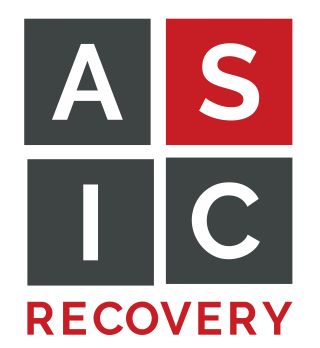At ASIC Recovery in Fort Worth, TX, we understand that overcoming addiction requires a dedicated, comprehensive approach.
Our partial hospitalization program (PHP) is designed to provide support for individuals grappling with substance abuse, including alcohol and drug abuse, in a setting that balances the intensity of an inpatient program with the flexibility of traditional outpatient care.
How Our Partial Hospitalization Program (PHP) Works
Located in Fort Worth, Texas, on the western side of the city, our alternative to residential treatment is the perfect middle ground between full-time rehab, which separates you from your home and family for 30+ days, and an intensive outpatient program (IOP) that may not be the level of care you need.
Our day treatment program operates during daytime hours, requiring individuals to fully dedicate their time to the recovery process. This commitment might mean taking a break from work to focus on your health and well-being.
While the program provides a structured schedule, it’s designed to support those ready to commit to their journey toward sobriety, acknowledging the importance of prioritizing treatment during this crucial period.
The Difference Between IOP and PHP Rehab
The time commitment and treatment duration are the major differences between intensive outpatient and partial hospitalization programs.
IOP is structured differently:
Choosing the right level of care is crucial for effective recovery. While both PHP and IOP offer structured treatment options, they differ in intensity and time commitment.
PHP provides a more intensive level of care, suitable for those needing daily support, whereas IOP offers more flexibility, which is ideal for individuals transitioning from inpatient treatment or those with significant work or family commitments.

What Partial Hospitalization Programs Treat
We recognize that the path to recovery often involves addressing a spectrum of mental health challenges that can accompany or contribute to substance use. Our PHP programs are tailored to meet the needs of individuals facing a variety of psychological and emotional difficulties, including:
Our approach ensures every individual receives the support and care needed to address the complexities of their condition, fostering a holistic path to recovery.
What to Expect in PHP Rehab at ASIC Recovery
Entering our Partial Hospitalization Program (PHP) marks a crucial phase in your journey toward recovery. It’s designed to provide structured support:
Individuals in our program benefit from a range of services aimed at addressing the multifaceted nature of drug or alcohol addiction:
You’ll also be required to regularly attend a recovery program, such as a 12-step program or SMART Recovery.
How Partial Hospitalization Programs
Can Help You & a Loved One

How Partial Hospitalization Programs Benefit Families
Addiction affects not just the individual but the entire family, and the family plays a critical role in the recovery process. Our PHP recognizes and supports this integral dynamic through the following:
Our partial hospitalization program offers resources and support aimed at helping families:
Holistic Therapies Used in Our Program
Our program incorporates evidence-based therapy methodologies tailored to the unique needs of each client, including:
Our program not only focuses on substance abuse treatment but also places a strong emphasis on mental health services, understanding how essential mental well-being is to recovery. We also provide psychiatric services tailored to a broad spectrum of mental health conditions.
Our blend of traditional therapies and holistic practices, such as mindfulness, aims to equip you with vital recovery skills. This combination helps you manage stress, enhance self-awareness, and deeply understand your emotions.
It’s all about providing tools to navigate life and confidently support your path to long-term sobriety.
Our Recovery Coaching and Alumni Programs
After completing our treatment programs, you’re not limited to a single path forward; you have access to a broad spectrum of resources tailored to support your continued recovery.
Find Outpatient Care with ASIC’s PHP Rehab
We are committed to providing the tools and support necessary for a successful recovery journey. Our partial hospitalization programs are one of the many ways we tailor our services to meet your needs, offering a blend of professional care, innovative therapies, and a supportive community.
If you or a loved one is struggling with addiction, we are here to help. Contact us today to learn more about our PHP treatment and other treatment options.

